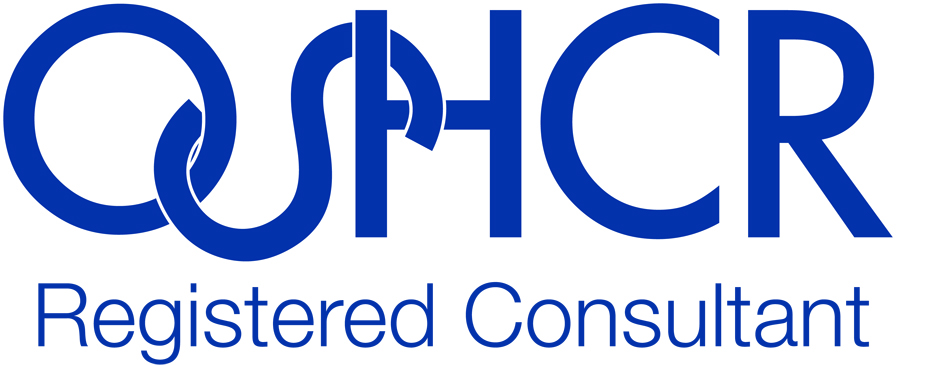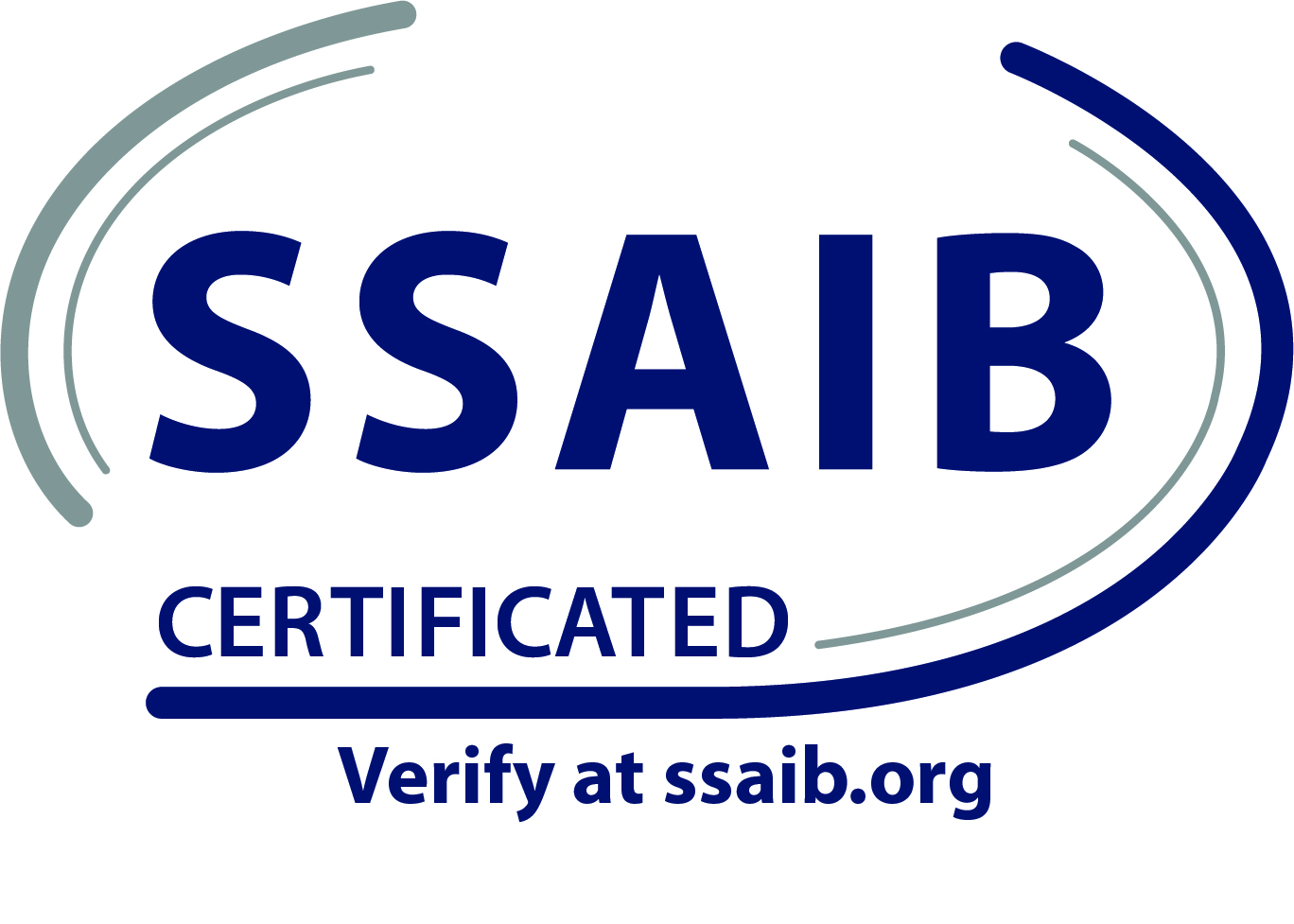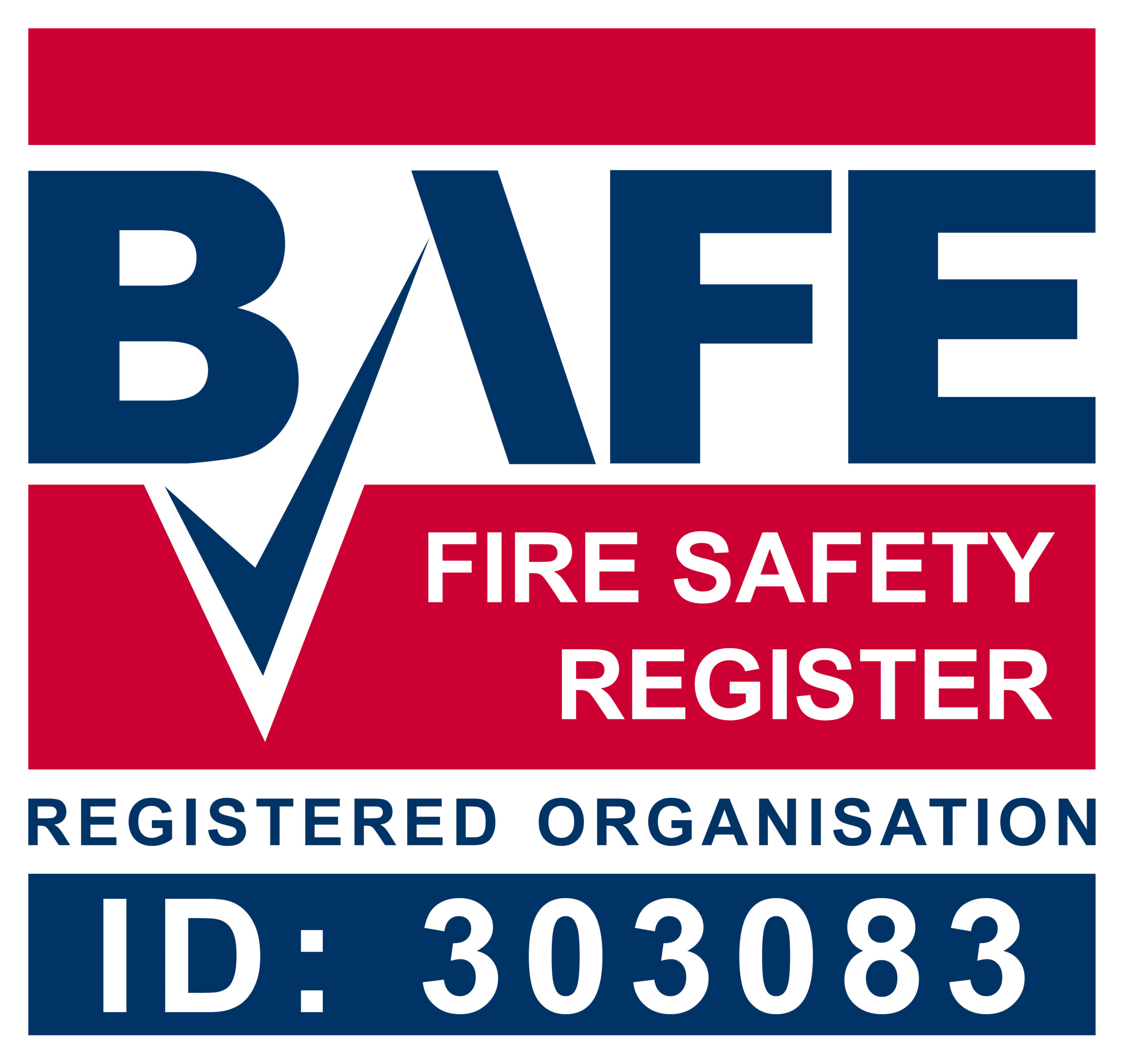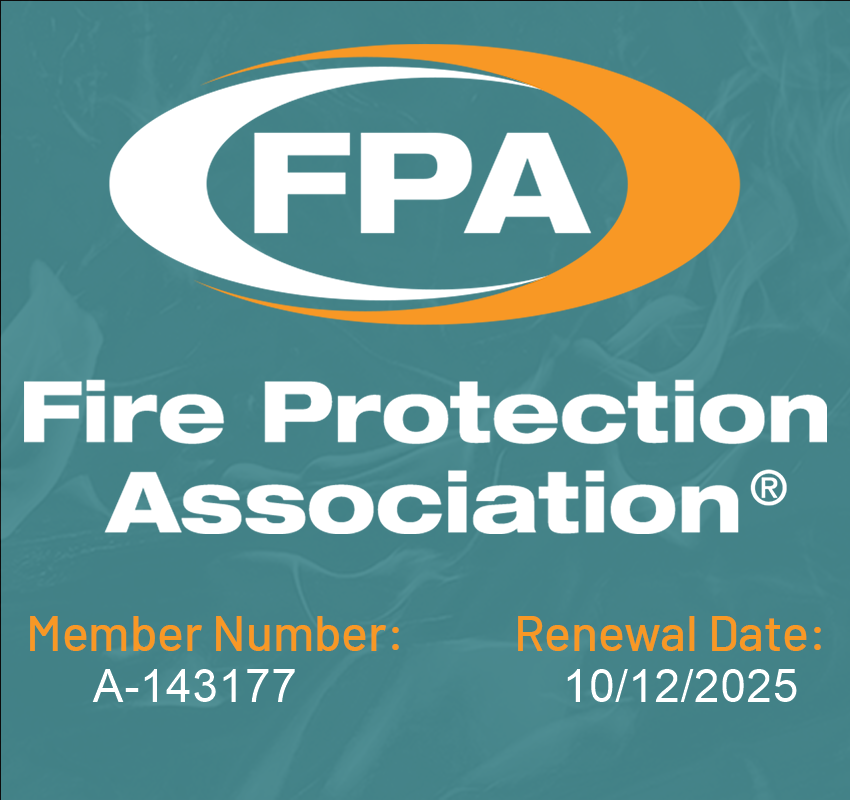Fire Safety Management: Why Healthcare Organisations Cannot Afford to Ignore It
Healthcare organisations are responsible for the safety of patients, employees, and visitors every day.
Healthcare organisations must have a robust fire safety management plan to ensure that everyone is kept safe. However, many organisations struggle to create an effective plan or fail to properly implement one.
This can result in severe consequences, such as fires that cause injury or worse. That’s why healthcare leaders must understand the importance of fire safety management and ensure their organisation is compliant.
You should keep the following in mind:
Establish a Fire Safety Management Team
The first step in creating an effective fire safety management plan is establishing a team dedicated to this task. This team should be responsible for developing and implementing the plan and ensuring that everyone in the organisation knows their responsibilities regarding fire safety.
In healthcare organisations, the head of the team should be the chief executive or another Board Director. They should also be joined by a person dedicated to these issues, such as a fire safety manager.
In addition, the team should include people from other groups, such as clinicians. It’s also important to include employees who can provide support in a fire or other emergency, such as security staff and Emergency Response Manager.
It’s essential to assess whether you have enough staff and volunteers to address any issues. So, ensure you equip your team with the right knowledge and skills to handle these emergencies.
Assess Your Risk
Before you can put any measures into place, you need to assess your risk. This includes identifying potential fire hazards and determining which areas of your organisation are most at risk. Once you have this information, you can take specific measures to mitigate those risks.
There are also particular risks from faulty electrical wiring, and it’s critical to ensure that equipment is regularly inspected and maintained to minimise the risk. This will help minimise the potential for a preventable fire or another incident.
Create a Protocol for Evacuating Patients and Staff
One of the most important aspects of fire safety is creating a protocol for evacuating patients and staff during a fire. Your team should develop detailed instructions for each department within the hospital on who will do what during an evacuation and how and when to sound the alarm.
When the alarm sounds, your team needs to know what to do immediately.
You should also develop detailed instructions on who will do what during an evacuation and how and when to sound the alarm. Your team must develop these detailed instructions so that everyone knows what to do when an emergency evacuation occurs.
Train Staff on Fire Safety Procedures
Staff members must be appropriately trained in your organisation’s fire safety procedures to be effective in a crisis. Ensure that your team conducts regular training drills so everyone knows what to do if and when a fire occurs.
Your team must conduct training drills, so everyone has a chance to practice. First, they should simulate a fire drill by sounding the alarm and telling everyone to exit their buildings or move patients horizontally to the nearest safe fire compartment. Then they should conduct a full-scale drill by actually coordinating the evacuation of the building.
During the drill, the team should identify any concerns that need to be addressed and make any necessary changes before the next drill. For instance, they may not be able to exit the building in a certain manner.
By identifying these concerns during a drill, your team can make changes before it becomes an emergency, minimising the risk.
Inspect Equipment and Facilities Regularly
For your fire safety plan to be effective, you must ensure that all of your fire safety systems is functioning correctly and that your facilities are up to code. Regular inspections can help identify any potential problems before they cause fire safety systems to become defective. You should regularly inspect equipment fire doors, shutters, dry/wet risers etc.
Furthermore, your facilities should be regularly inspected to ensure there are no hazards that require urgent attention.
Keep a Stock of Emergency Supplies on Hand
You should inventory additional supplies depending on the building or facility you’re responsible for. This is especially important in healthcare settings, as you may need additional supplies when treating patients with specific medical care needs.
Your team should create a checklist of supplies required for your site and regularly check when it’s time to replace the stock.
Establish Contingency Plans for Power Outages or Other Emergencies
If something goes wrong and your organisation loses power or experiences another type of emergency, it’s essential to have contingency plans in place. This means having alternate arrangements for accommodating patients and staff and keeping essential supplies on hand in case of an extended outage.
First, ensure your organisation has access to an alternate power source in an emergency. In healthcare, this may mean relying on power generators to provide backup power to the building or facility. This way, your staff can still operate in the event of a blackout or other emergency.
Second, develop contingency plans for extended power outages and other emergencies. Your team needs to know the conditions in which a patient would be moved to another site or similar services would be provided, such as going to a shelter or relocating to another building.
If it’s necessary to relocate your patients, it’s a good idea to have a transportation plan in place.
Develop a System for Tracking Incidents
To improve your organisation’s fire safety, you need to follow up all minor and incidents to identify any patterns or problems that need addressing. A well-designed system for doing this will help you identify potential hazards before they cause harm.
You should also document these significant incidents in an incident report so that you and your team understand the risks associated with your organisation’s fire safety plan. This can help you identify the cause of any recurring issues and improve your organisation’s plan to reduce the risk of another similar incident
Your incident report should include a detailed description of the incident, an assessment of its potential risks, and an analysis of how it occurred. In addition, the report should provide an overview of how your previous incidents compare with fire safety guidelines.
Finally, your team should detail any specific actions you’re taking to prevent incidents from recurring in the future.
Review and Update Your Plan on a Regular Basis
As with any other plan, your fire safety management plan should be regularly reviewed and updated as needed. This ensures that it remains effective and compliant with current regulations.
Your team should schedule regular reviews of your plan and identify any necessary changes. For instance, your team may have to adjust the evacuation procedures if your building use or layout alters. Your team should also review the plan annually to ensure that it remains effective.
In addition, consider updating your plan regularly as your organisation grows and changes to better prepare for the risks it’s likely to face. By taking the time to implement these essential tips and strategies, you can greatly reduce the risks associated with fire safety in your healthcare organisation.
Communicate With Local Authorities
In some cases, it may be necessary to communicate with local authorities about your organisation’s fire safety plans. This could involve working with the local fire authority or sharing information about specific hazards in your building.
Most hospitals and healthcare organisations should participate in regular fire drills with local authorities. This helps them get acquainted with your facility’s layout and ensures that they’ll be able to respond effectively to an emergency.
Communicating regularly with local agencies and authorities ensures that everyone is prepared to respond effectively to a fire or other incident. Some professionals even offer support projects, so it’s worth browsing around to see what you can find to help you.
Conclusion
Fire safety is a critical aspect of any healthcare organisation. By following the tips above, you can establish a fire safety management plan to help keep your patients and staff safe in the event of a fire. Please note more information is available in HTM05-01
If you have any questions about setting up or implementing a fire safety plan, please don’t hesitate to contact us. We’re happy to help!









